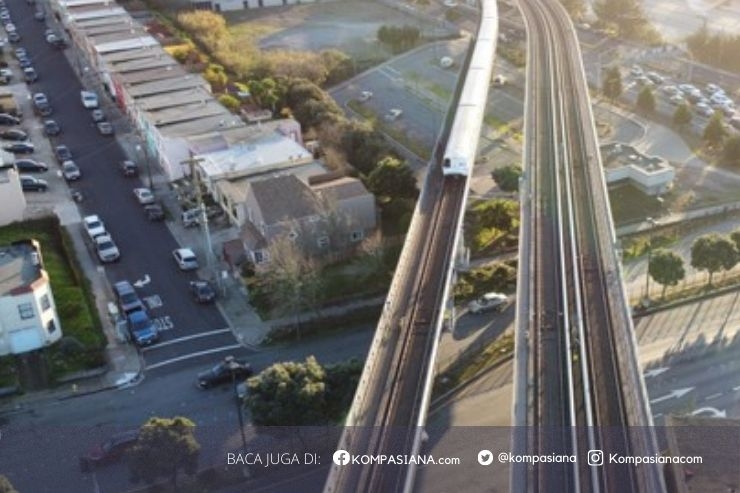The COVID-19 pandemic has had a significant impact on the aviation industry due to travel restrictions and a slump in demand among travelers.
Significant reductions in passenger numbers have resulted in flights being canceled or planes flying empty between airports, which in turn massively reduced revenues for airlines and forced many airlines to lay off employees or declare bankruptcy. Some have attempted to avoid refunding canceled trips in order to diminish their losses. Airliner manufacturers and airport operators have also laid-off employees.
Government regulations in Europe and the United States mandated that airlines refund fares when flights are canceled, but in many cases, airlines have instead offered vouchers or travel credits that must be used by the end of the year. (Some airlines have extended the voucher window to May 2022.) Despite pleas from industry lobbyists to expand the regulations to allow travel credits, the US Department of Transportation has reiterated that airlines are obligated to provide refunds for canceled flights. Travel vouchers are currently allowed when passengers cancel travel plans due to travel warnings, stay at home orders, and other restrictions
Early March 2020 saw 10% of all flights canceled compared to 2019. As the pandemic progressed, 40--60% fewer flight movements were recorded in late March with international flights affected the most. By April 2020, over 80% of flight movements were restricted across all regions. Research shows that world recovery of passenger demand to pre-COVID-19 levels is estimated to take 2.4 years (recovery by late-2022), with the most optimistic estimate being 2 years (recovery by mid-2022), and the most pessimistic estimate 6 years (recovery in 2026). Large regional differences are detected: the Asia-Pacific has the shortest estimated average recovery time of 2.2 years, followed by North America in 2.5 years, and Europe 2.7 years.
On 5 March 2020, the International Air Transport Association estimated that the airline industry could lose between US$63 to 113 billion of revenues due to the reduced number of passengers. IATA had previously estimated revenue losses of around US$30 billion two weeks before their 5 March estimate. By 17 March, IATA had stated that its 5 March estimate was "outdated", and that airlines would require $200 billion in bailouts to survive the crisis. IATA further revised their revenue loss estimate on 24 March to be $252 billion globally, a 44 percent drop. Another further estimate was published on 14 April, which forecasted a revenue drop of $314 billion (55 percent) and a traffic drop of 48 percent in passenger count for 2020.
Indonesia itself had denied transit and entry for all foreign visitors since 2 April.
Indonesians who returned from China, South Korea, Italy, Iran, United Kingdom, Vatican City, France, Spain, Germany, and Switzerland were subject to additional health screening and a 14-day stay-at-home notice or quarantine depending on appearing symptoms.
Garuda Indonesia, Citilink, Lion Air, Batik Air, and Sriwijaya Air canceled several flights and grounded their aircraft. Meanwhile, Indonesia AirAsia canceled all flights. International airlines have either temporarily suspended services or continue operating with reduced frequency. Other airlines such as China Airlines and Etihad Airways choose to continue their services as usual.
From 24 April until 8 June, the government suspended all passenger to travel outside areas with at least one confirmed case, regions that had imposed large-scale social restrictions (PSBB), and those that had been declared COVID-19 red zones. The ban applied to all types of public and private transportation by air, sea, land, and railway, except for vehicles carrying leaders of state institutions, police, and military vehicles, ambulances, fire trucks, hearses, and vehicles transporting logistical supplies, staple goods, and medicines.
Based on data presented by AP II, the lowest number of passengers and flights occurred from late April to early May 2020. On April 25, 2020, it was recorded that the total passenger was only able to reach 1,060 people and on May 1 2020 only 1,484 people. This total is far from the total passengers at the beginning of March 2020 which were still able to reach 242,621 people.
Even so, currently, the flight condition is slowly recovering. Especially after the large-scale social restrictions were lifted on June 7, 2020, activity at the airport immediately grew to 466.2% compared to the previous month.











